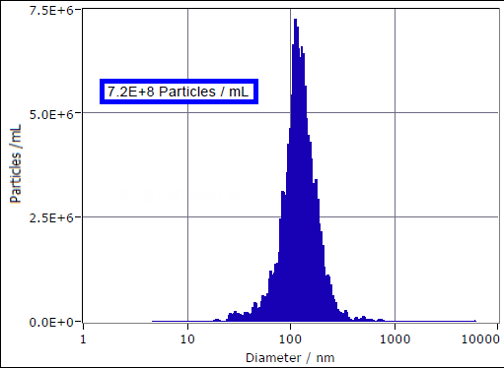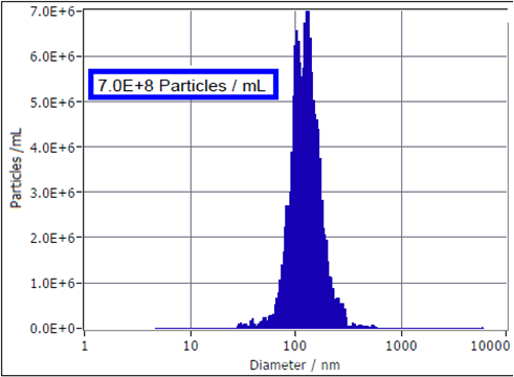Particle Metrix has developed a low-bleach method of f- NTA analysis for their ZetaView® system that minimizes laser beam exposure to acceptable levels. Fluorescence NTA (f-NTA) has historically been a problem for research with biological particles, because relative to flow cytometry, the long dwell time of diode lasers used for NTA usually results in bleaching of the labeled particles, and thus they cannot be tracked nor counted properly.
Only test beads, Gold NanoRods, (GNR) and quantum dots (QD) have seen significant levels of publication with NTA. Most biological labels, while bright, pose a problem when exposed to diode laser excitations > 1 second, which hinders the use of f-NTA for characterizing EVs and virus particles.
The data shown here were collected on commercially available Murine Virus particles (ViroFlow Technologies), which were scanned in both standard scatter mode and f- NTA mode. The manufacturer claimed that basically all Murine virus are labelled with sfGFP, and our low-bleach data substantiates that claim. The sfGFP label on Murine particles is very bright relative to many other GFP strains, offering robust f-NTA data for this study.
When using standard SOPs for f-NTA, unlike QD and GNR, bright dyes such as AlexaFluor®, Cy5 as well as transgenic labels TdTomato & GFP, will exhaust themselves before they can be suitably tracked. ZetaView low-bleach SOPs greatly reduce the beam exposure that normally builds up between duty cycles from the collection of 11 automated sample cell positions, and one can obtain results with very short f-NTA collection times (i.e., ¼ or ½ second data collection intervals at the 11 cell positions).
The data table shows the efficiency of detection available for f-NTA, with and without the use of a low-bleach SOP. The results reveal the effect of extended beam exposures which are typically experienced by use of a syringe pump, with particles in the beam for 5–10 seconds while tracking. Clearly, one can fool themselves into thinking an optimal
set of f-NTA conditions is present, when using an SOP for f-NTA without low-bleach capability, as there are still a large percentage of particles detected; in fact, all of the Murine virus particles have the sfGFP label, as evidenced by comparing concentrations with and without low-bleach. Further, the use of sfGFP Murine Virus allows one to calibrate f-NTA camera settings with scatter settings, in order to produce a functionally equivalent concentration reading with a high degree of confidence.

Scatter NTA mode of Murine virus, ZetaView® unit, 488 nm

Low-Bleach f-NTA of Murine virus, ZetaView® unit, 488 nm

f-NTA of sfGFP-labeled Murine virus, different 488 nm laser exposure settings. Longer exposure times similar to syringe-pump methods. Total virus counts decrease for > 3 seconds of laser exposure, but Low-Bleach f-NTA faithfully measures accurate counts.
